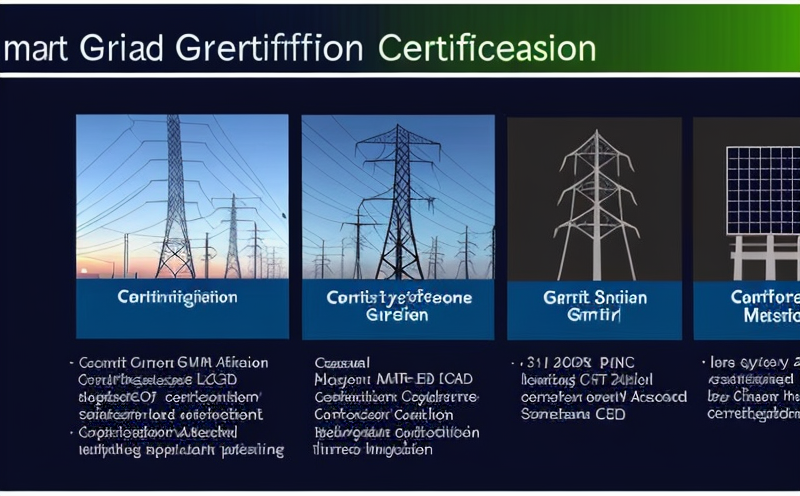Smart Grid Systems Certification: Ensuring Energy Efficiency and Reliability
The increasing demand for energy and the growing concern about climate change have led to a significant shift in the way electricity is generated, transmitted, and distributed. The traditional grid system, which has been in place for over a century, is facing challenges in meeting the changing needs of consumers. To address these challenges, the concept of Smart Grid Systems (SGS) has emerged as a promising solution. SGS integrates advanced technologies such as sensing, automation, and communication to create an efficient, reliable, and sustainable energy distribution system.
The importance of certification for SGS cannot be overstated. It ensures that the grid meets the necessary standards and requirements for safe and reliable operation. In this article, we will delve into the world of SGS certification, exploring its significance, benefits, and the process involved in obtaining it.
Benefits of Smart Grid Systems Certification
Enhanced Safety: Certification ensures that the grid meets safety standards, reducing the risk of electrical accidents and protecting consumers.
Improved Efficiency: Certified grids can optimize energy distribution, reduce power losses, and minimize waste, resulting in significant cost savings for utilities and consumers alike.
Increased Reliability: Advanced technologies integrated into certified grids enable real-time monitoring and control, ensuring a stable and consistent supply of electricity.
Enhanced Security: Certification ensures that the grid is secure from cyber threats, protecting against potential disruptions to energy distribution.
Process of Obtaining Smart Grid Systems Certification
The process of obtaining SGS certification involves several steps:
1. Pre-Assessment: Utilities or manufacturers must conduct a thorough pre-assessment to identify areas for improvement and ensure compliance with relevant standards.
2. Application Submission: A formal application is submitted to the certifying body, providing detailed documentation of the grids design, installation, and operation.
3. Site Audit: A team of experts from the certifying body conducts a site audit to verify that the grid meets the required standards.
4. Testing and Validation: The grid undergoes rigorous testing and validation to ensure its performance meets specified requirements.
5. Certification Issuance: Upon successful completion of the above steps, the utility or manufacturer is awarded SGS certification.
Standards for Smart Grid Systems Certification
The following international standards are commonly used for SGS certification:
IEC 61850: Electrical power systems - Communication for distribution automation
IEEE C37.118: Standard for Synchrophasors for Power System Protection
Additional standards, such as IEC 60870-5 and NERC PRC-005, may also be applicable depending on the region or country.
Best Practices for Smart Grid Systems Certification
To ensure a smooth certification process, utilities and manufacturers should:
Establish a clear certification strategy: Develop a comprehensive plan outlining the steps required to achieve SGS certification.
Designate a dedicated team: Assemble a team of experts responsible for managing the certification process.
Implement ongoing training and education: Ensure that personnel involved in grid operation and maintenance are aware of the latest technologies and best practices.
QA Section
Q: What is the difference between SGS certification and other types of certifications?
A: SGS certification specifically addresses the unique requirements of smart grids, ensuring they meet international standards for efficiency, reliability, and security.
Q: How long does the SGS certification process typically take?
A: The duration of the certification process can vary depending on several factors, including the complexity of the grid and the availability of resources. However, a typical timeframe is 6-12 months.
Q: Are there any costs associated with obtaining SGS certification?
A: Yes, utilities or manufacturers must pay fees to the certifying body for application processing, site audits, and testing. These costs can vary depending on the size and complexity of the grid.
Q: Can a utility or manufacturer opt out of SGS certification if they choose not to invest in advanced technologies?
A: While it is possible to operate without SGS certification, doing so may result in reduced efficiency, increased safety risks, and potential regulatory non-compliance.

































